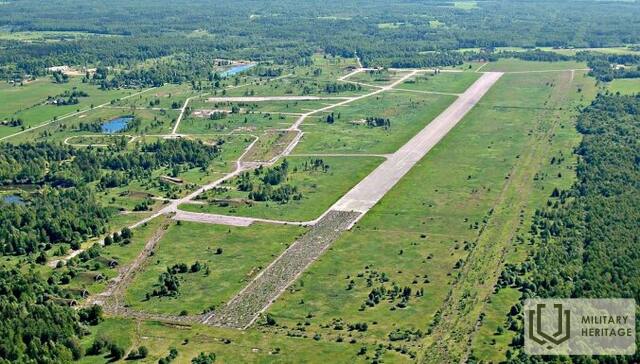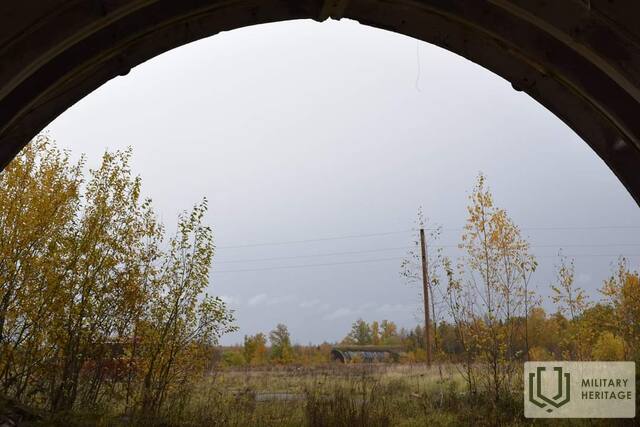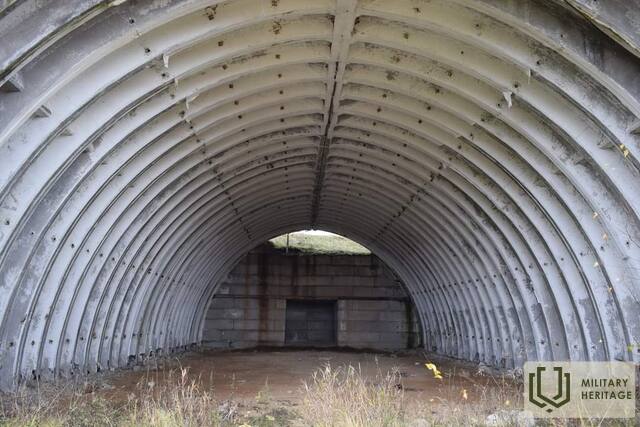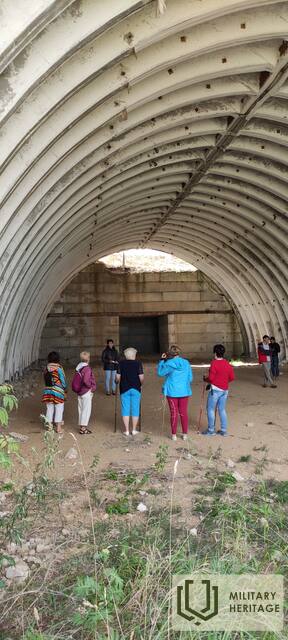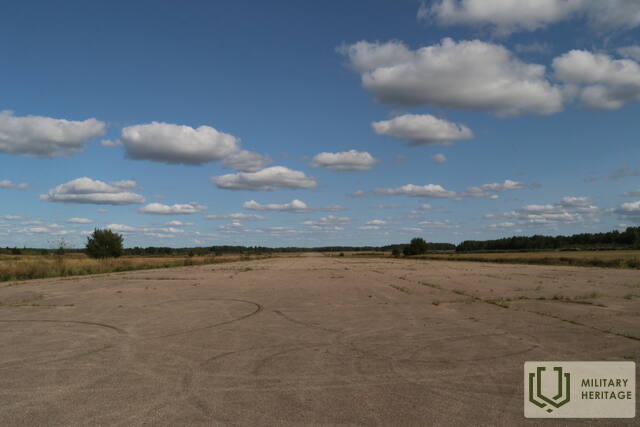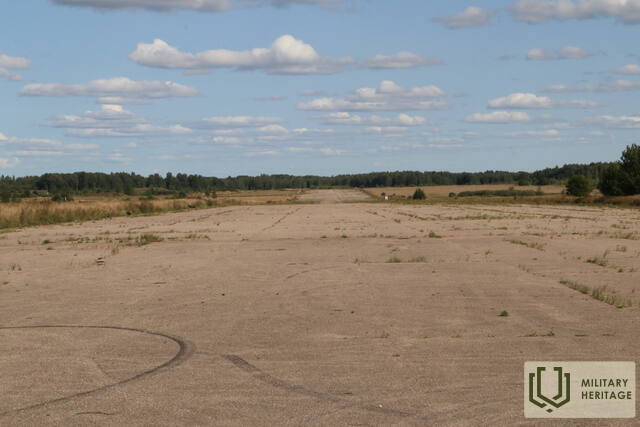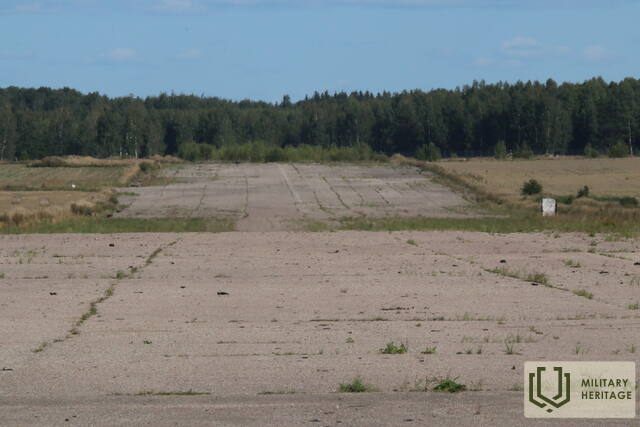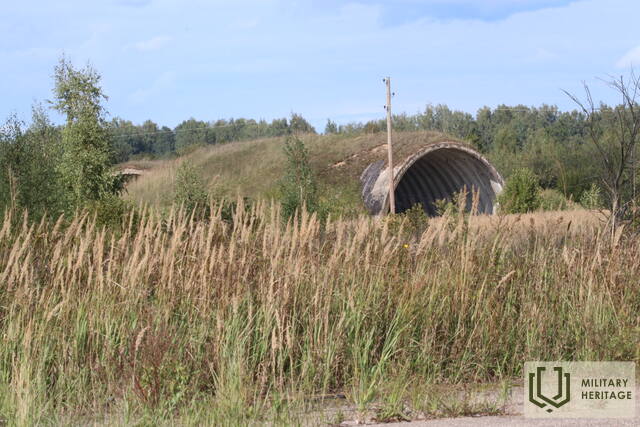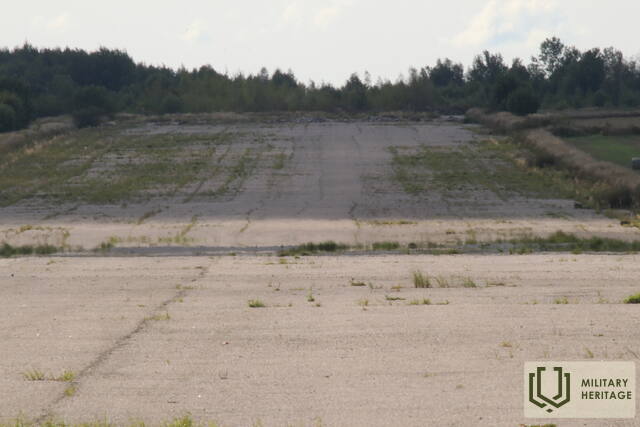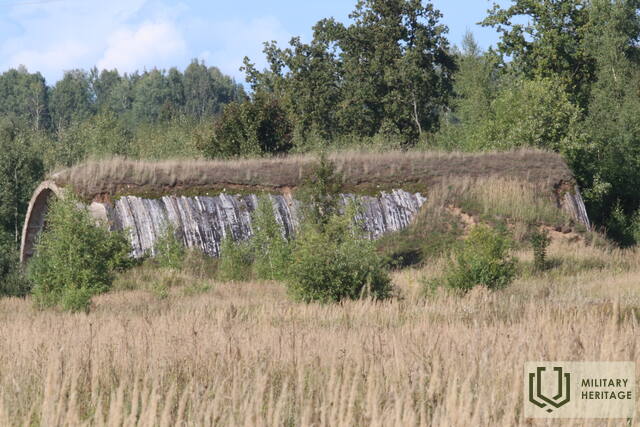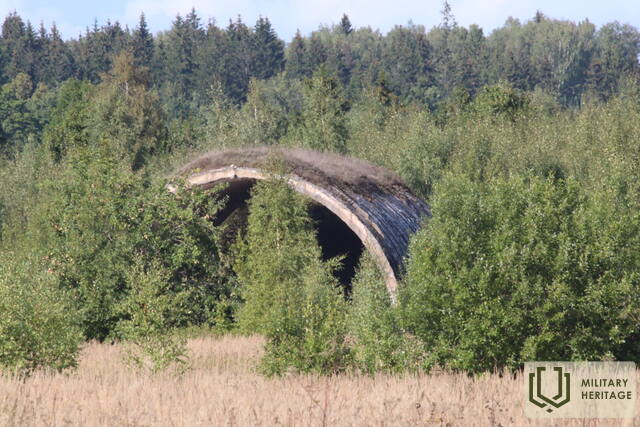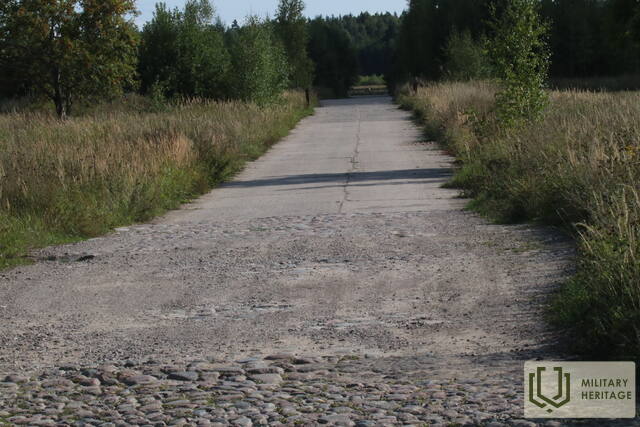Vaiņode air base Infrastructure

Vaiņode airfield still has 16 Soviet-era aircraft hangars and an 1800 m section of the once 2500 m long runway. The airfield can only be visited with a previous booking. Vaiņode airfield was established during the Latvian independence as one of the cradles of Latvian aviation and was later one of the largest military airfields in the Baltic States. In 1916, two hangars for German Army airships were built. Airships were used to gather intelligence and bomb the positions of the Russian Army. Later the city of Riga bought the airship hangars and used their roof structures to build the pavilions of the Riga Central Market. In May 1940, the 31st Fast Bomber Aviation Regiment of the Red Army moved to Vaiņode, and the construction of a standardized concrete slab runway began. At the end of the summer of 1944 the partially completed airfield was used by various German aviation units, however, at the end of World War II, the same airfield was used by the Red Army aviation units fighting the German Army group called ‘Kurzeme’. After World War II the Soviet Air Forces were stationed in Vaiņode until 1992.
Used sources and references:
www.kurzemes-vards.lv
https://www.delfi.lv/turismagids/latvija/brivdienu-marsruts-iecienitakie-apskates-objekti-vainodes-novada.d?id=51579739&page=2
www.rct.lv
www.vainode.lv
Related timeline
Related topics
Related stories
Raid on Vaiņode airfield in 1941
The story of the German air raid on Vaiņode airfield in June 1941
Riga Central Market hangars
At the time when Riga Central Market was built, it was one of the most modern markets in the world. It was built using the metal structures of the German army airship hangars of World War I as a basis. The author describes the prerequisites for the construction of Riga Central Market and the scope of the construction work, making it one of the most ambitious structures in post-war Latvia and one of the most modern markets in the world.
The story of Cīrava airfield
Cīravas airfield – established during World War II, used as a DOSAAF airfield by the Soviets, currently used for agricultural purposes and recreational trips, and Soviet-era aircraft can be viewed in the hangar
Jekabpils Airport
Jēkabpils Airfield is one of the military airfields in the territory of Latvia, which was created during the period of Independent Latvia around 1935. After the second occupation of the Republic of Latvia in 1945, the airfield was adapted for the needs of the USSR Air Force.




